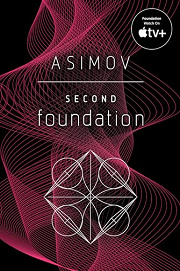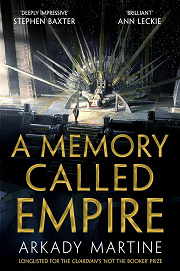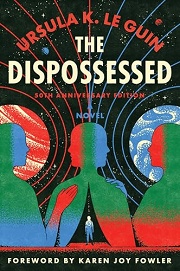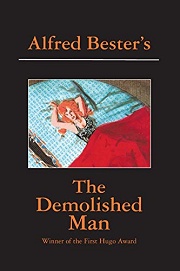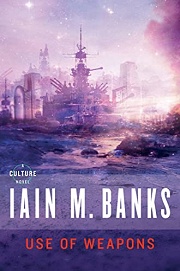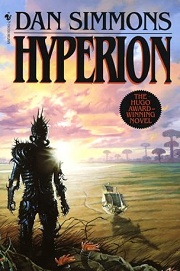Share your thoughts in a quick Shelf Talk!
Second Foundation by Isaac Asimov
As an empire teeters and psychohistory’s grand plan is threatened, whispers spread of a hidden power guiding humanity from the shadows. Riveting cat-and-mouse and big-ideas SF converge in Second Foundation, a keystone of Asimov’s classic saga of fate, freedom, and the mathematics of history.
Have you read this book? Share what you liked (or didn’t), and we’ll use your answers to recommend your next favorite read!
Love Second Foundation but not sure what to read next?
These picks are popular with readers who enjoyed this book. Complete a quick Shelf Talk to get recommendations made just for you! Warning: possible spoilers for Second Foundation below.
In Second Foundation, did you enjoy ...
... clandestine power plays, cultural pressure, and mind-games steering imperial politics?
A Memory Called Empire by Arkady Martine
If you loved how the First Speaker quietly outmaneuvers the Mule and later manipulates Lord Stettin’s ambitions while Arcadia Darell stumbles into pivotal secrets, you’ll relish the way Ambassador Mahit navigates court factions, coded poetry, and covert influence in A Memory Called Empire. The novel delivers that same pleasure of watching hidden hands steer empires—like the Second Foundation’s cool interventions—only here it’s done through diplomatic feints, subtext-laden rituals, and carefully brokered alliances.
... social-science speculation about how grand theories reshape societies?
The Dispossessed by Ursula K. Le Guin
Psychohistory drives the stakes in Second Foundation—from Han Pritcher and Bail Channis being nudged by probabilistic foresight to Dr. Darell’s desperate countermeasures—so you may appreciate how The Dispossessed uses Shevek’s theoretical breakthrough to interrogate whole civilizations. Like the Second Foundation’s cool, methodical guidance of history, Le Guin explores how ideas (not gadgets) reorder cultures, politics, and personal lives.
... telepaths tipping investigations and a cat-and-mouse hunt shaped by minds?
The Demolished Man by Alfred Bester
If the tension of the Mule’s hunt for the Second Foundation—and Dr. Darell’s counter-hunt using mind-shielding tech—hooked you, The Demolished Man delivers a razor-edged chase where Espers bend the rules of pursuit. The way the First Speaker coolly redirects Pritcher and Channis echoes the novel’s mental feints, with detectives and criminals alike leveraging psychic edges to outthink, not outgun, their rivals.
... deft rug-pulls that reframe everything you thought you understood?
Use Of Weapons by Iain Banks
That final reveal—where the "other end of the Galaxy" misdirection snaps into focus and Preem Palver’s true role becomes clear—scratches a very specific itch. Use of Weapons is built on that same satisfaction of a late, devastating recontextualization. As the Culture manipulates events from behind the scenes (not unlike the Second Foundation), the story’s structure delivers a culminating twist that forces you to reinterpret every prior page.
... galaxy-wide stakes unfolding across eras, worlds, and interlocking destinies?
Hyperion by Dan Simmons
If you enjoyed the sweeping reach from the Mule’s dominion to Terminus politics to Trantor’s hidden sages, Hyperion offers that same galactic canvas. Multiple travelers’ histories braid into a far-future crisis, echoing the way Second Foundation hops from Kalgan to Terminus to the ruined heart of empire—each thread widening the lens until the true scope becomes awe-inspiring.
Unlock your personalized book recommendations! Just take a quick Shelf Talk for Second Foundation by Isaac Asimov. It’s only a few questions and takes less than a minute.
